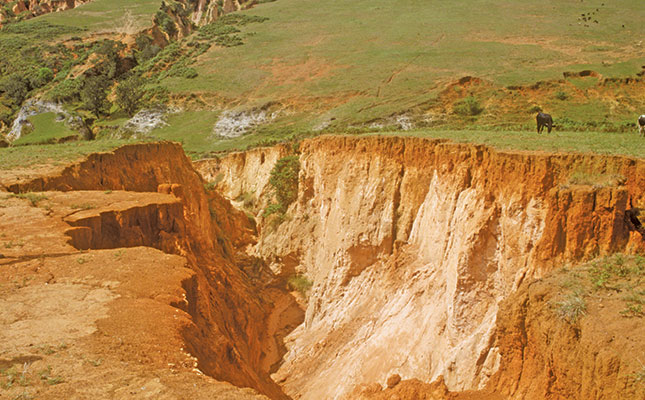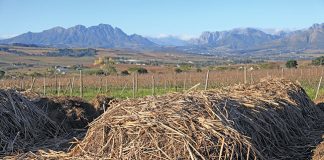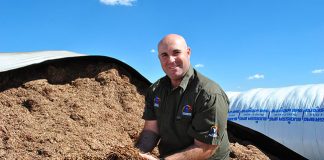
Photo: John Quinton
Bad livestock management practices such as overgrazing and the poor siting of access tracks are often the cause of accelerated erosion. Many landowners, of course, inherit a legacy of erosion from previous land users.
Erosion can affect ecosystem processes to the point where these no longer function and all that remains is a wasteland. Reclamation of highly eroded areas is slow and in severe cases the veld can never be restored properly.
Types of soil erosion include:
- Rills and gullies: These are channels cut by flowing water, usually from a road or stock path. Their presence is a sign that water is flowing rapidly off the land, carrying both soil and leaf litter with it.
- Terracettes: These are abrupt walls aligned with a local contour. They can be up to 10cm high, and are progressively cut back in an upslope direction by the water flow. Eroded materials are often deposited in an alluvial fan.
- Sheet erosion: This occurs when wind and water repeatedly remove very thin layers of soil across large areas. It is often difficult to see and monitor.
- Hummocking: This occurs in sandy textured soil and is a result of the sand particles collecting around obstructions, such as plants or rocks.
- Pedestalling: In this form of erosion, the surviving plants are left growing atop pedestals of soil above the surrounding surface layer. The process often occurs when the soil type is particularly erodible.
CONTROL MEASURES
Visible erosion is a symptom of a greater problem, and this problem needs to be handled before any erosion control methods are put in place. Take the following steps:
- Assess the situation and extent of the erosion. Draw a map of the problem.
- Select a system for treatment.
- Determine the cause of the erosion.
Start treating the cause and monitor the results. Evaluate them and modify the treatment if required.
Thereafter, treat the symptoms of erosion and again monitor the results, evaluating them and modifying the treatment if required.
Maintain treatments for both the cause and the symptoms until the system is stabilised.
Don’t delay! Erosion is always easier to control, and the control is cheaper to implement, in the early stages.
Gullies, dongas and rills
Fill small gullies with brush, straw, manure or stones. For larger gullies and dongas, put
in stone gabions or large stones. This should be done from the upper reaches of the donga, working downhill.
Sheet erosion
Insert brush and small fences, as well as logs or poles, to stabilise slopes.
Erosion around water troughs and feed stations
Pave the surrounding area with stones. Rotate watering points and feed stations.
Slow it down
Solid structures should be used to slow down the flow of water and trap silt. They should not be used to try to stop the flow of water, as this will result in more damage or end up causing another donga.
Source: ‘Best practice guideline: soil management’. Factsheet published by Conservation at Work.











